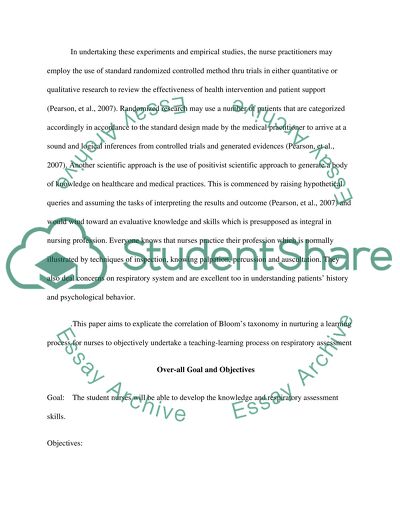Taxonomy & Nursing Essay Example | Topics and Well Written Essays - 750 words. Retrieved from https://studentshare.org/nursing/1481163-taxonomy-nursing
Taxonomy & Nursing Essay Example | Topics and Well Written Essays - 750 Words. https://studentshare.org/nursing/1481163-taxonomy-nursing.


